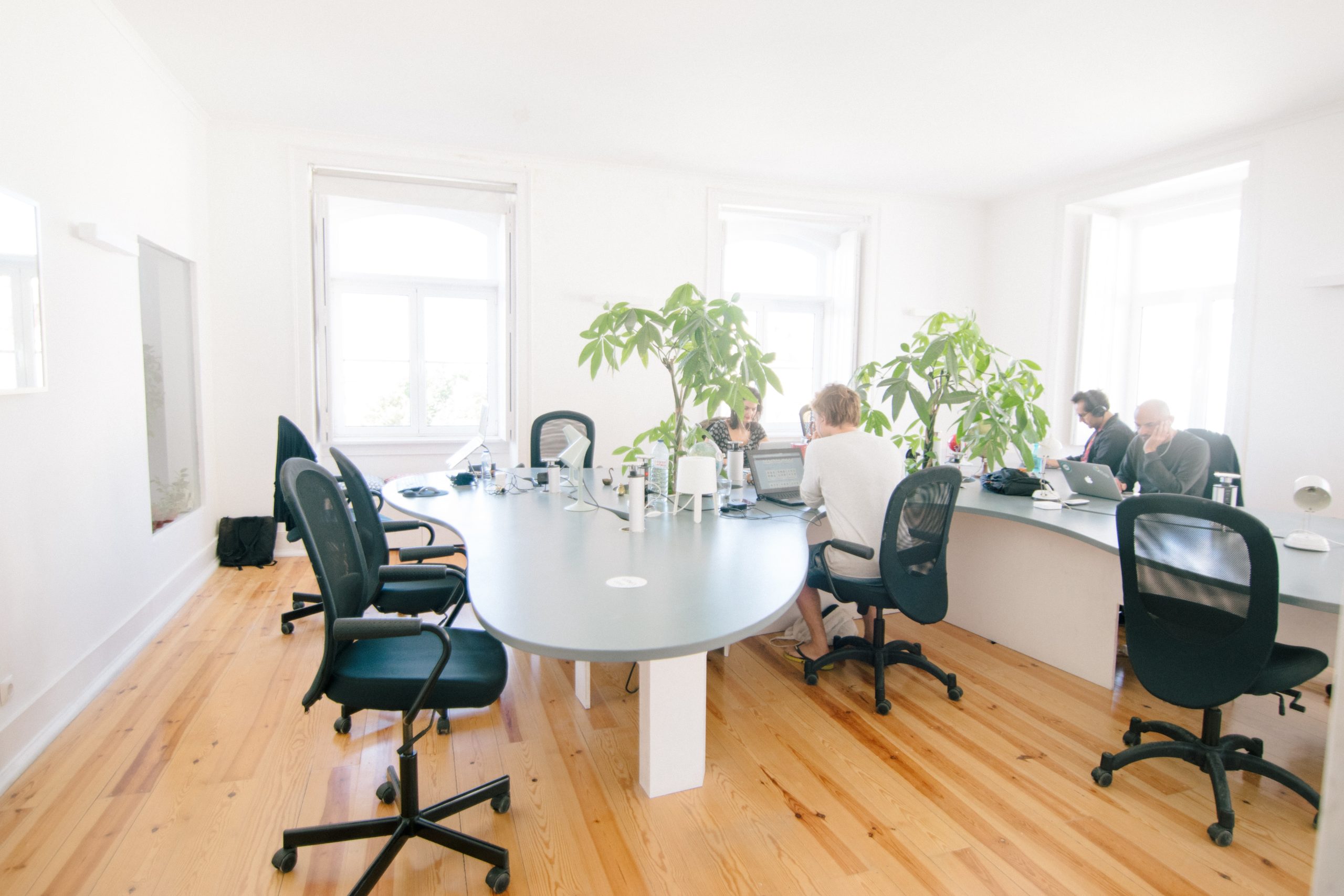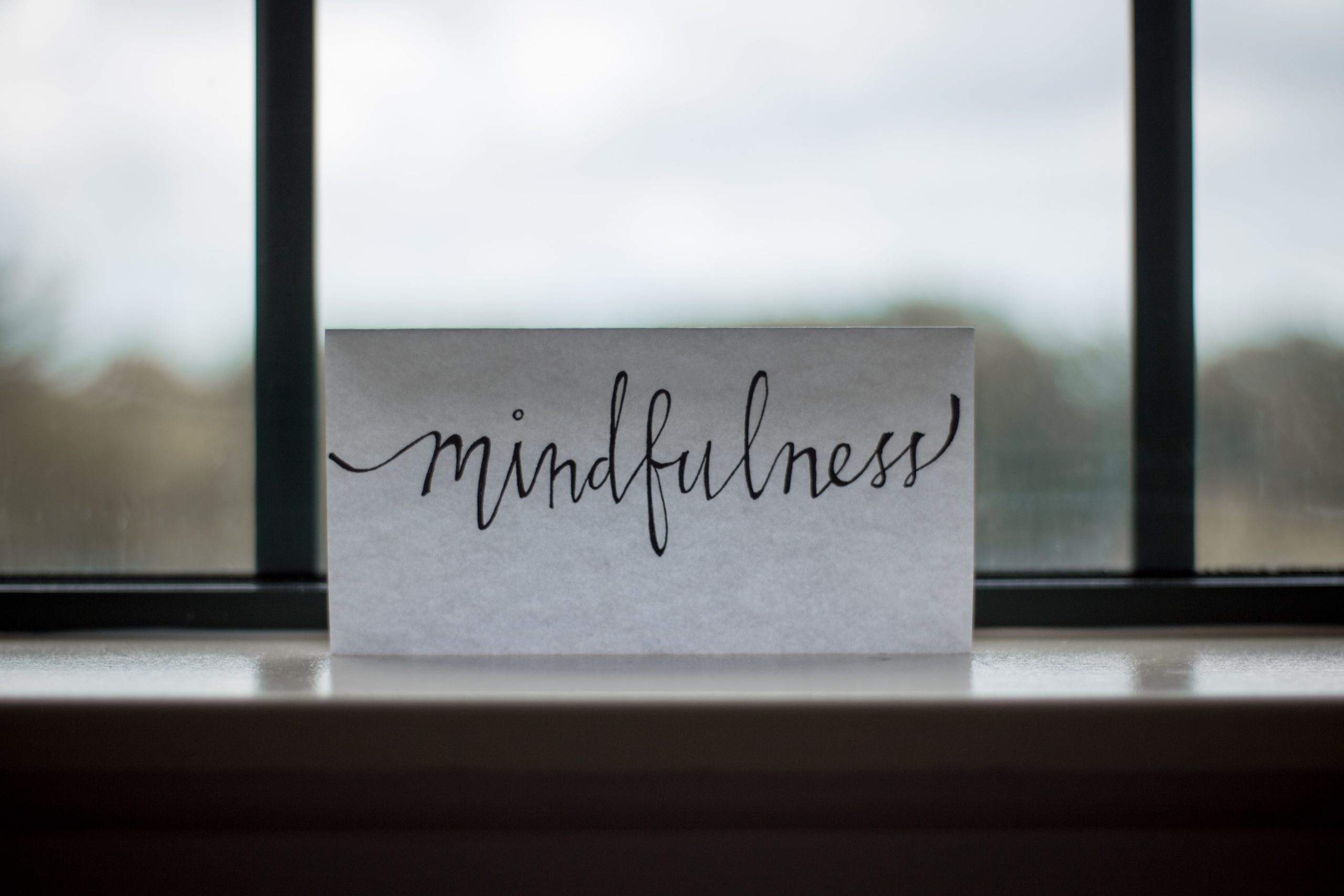Why a Beautiful Indoor Aquaponics Garden is the Solution You Need Right Now
People are finding relief in gardening — and particularly indoor gardening — in large numbers. Gardening provides a soothing and positive outlet for many problems created by coronavirus quarantine.
By growing our own food, we not only create a source of healthy food for ourselves and our families, but we get something to do with our hands:
an activity to focus on that promotes life which serves as a needed counter to the blight of the daily news report.
While there are many types of gardens (ranging from backyard soil patches to windowsill flower pots of basil and cilantro), there is one type of indoor gardening system you might not have heard about that is the ideal solution in times like these – a beautifully designed indoor aquaponics garden.
Why I’m Passionate About Aquaponics
I set up a non-profit called Koya Project to teach this method of farming to children in Cambodia, so that they could provide food for their families, and eventually teach others. To say I’m passionate about this subject might be a bit of an understatement. I’ve seen aquaponics change lives first-hand, and I think it could change yours, and others, for the better – right now. Here’s how
What is Aquaponics?
The Benefits of Aquaponics
The best part is how sustainable an indoor aquaponics garden can be. With simple maintenance and care techniques, you have a system that maintains its own viability for continual reuse. Because you also control the grow cycle, that means a continual supply of fresh herbs or kale year-round, or even summer squash during the winter months.
While aquaponics systems can be operated outdoors, such as this system I designed at the Pyramids of Chi in Bali, Indonesia, it is indoors where they can perform at their best.
The Advantages of Indoor Gardening
Environmental Control
Food Security & Safety
Clean Air & New Community
Increased Well-being
Studies have shown the stress, depression, and PTSD-relieving qualities of simply getting out in nature. Having a lush, green garden inside your house provides the same kind of relief. Taking care of your plants also fosters your sense of compassion, something that is surely needed in times that are challenging all of us to feel more of it.
The Power of Beautiful Design
As it turns out, you can amplify these feelings of well-being through thoughtful and beautiful design of an indoor aquaponics garden. High-end home decor has a part to play in this solution.
That’s why I believe that any system inside your home should not only fit in seamlessly, but also become something that is cherished, enjoyed, and even a centerpiece of a room.
Lighting & Construction Essentials
An aquaponics system with warm lighting and eye-catching design can be a terrific (and environmentally-friendly) replacement for a fireplace. The simulated natural lighting of LED grow lamps adds a touch of nourishing sunlight indoors, which is shown to create increased vitality and improved mental health among office workers.
Therapeutic Fish & Water
Now, most home systems will not be large enough to have tanks which hold fish bred for consumption, like tilapia. What they will have is a beautiful integrated and lit aquarium filled with brightly colored fish. A study by Plymouth University in 2005 found that simply watching fish in an aquarium led to noticeable reductions in heart rate and blood pressure. This is why you often see fish tanks in doctor’s and dentist’s waiting rooms.
Additionally, the gentle sound of flowing water as the system circulates creates a natural water feature. This creates a tranquil, meditative state that marine biologist Wallace J. Nichols calls a “Blue Mind”, which may also bolster feelings of well-being and creativity.





